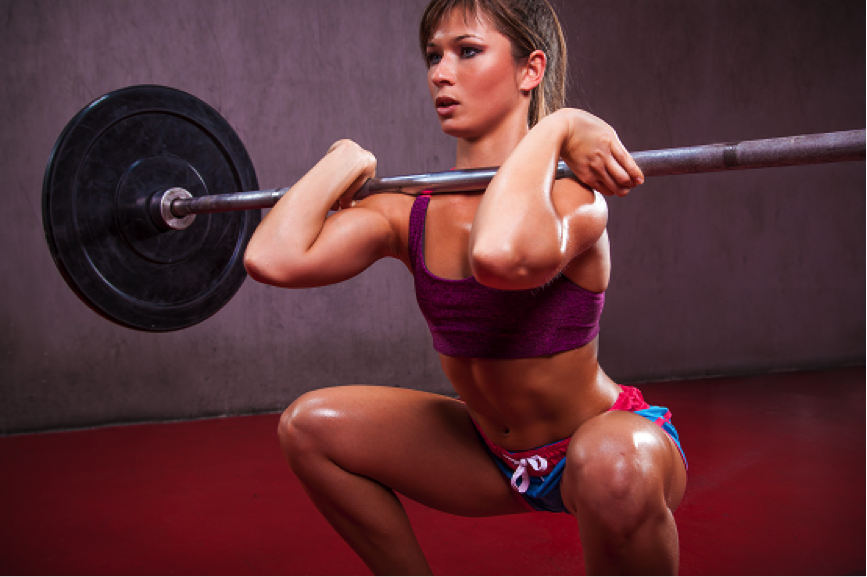HOW TO SQUAT CORRECTLY
- Do you want to get rid of knee pains and learn how to squat or how to lose weight quickly?
- Do you live in greater London or in Knightsbridge, Kensington, Canary Wharf, Notting Hill, Wimbledon, Bank, Victoria, London Bridge, Chelsea or within North London?
- Have you ever had a free consultation personal training with an elite personal trainer in London?
You can find out what exercises are best for your body-type, goals and challenges; you can get rid of muscle and joint pain; you can feel, look and perform at your best using professional support from the best personal training services in London.
And…
- Are you concerned about lower back pain, muscle tension, spasms or knee injuries?
An elite personal trainer in London will help you lose weight, tone up transforming your body shape really fast and safe!
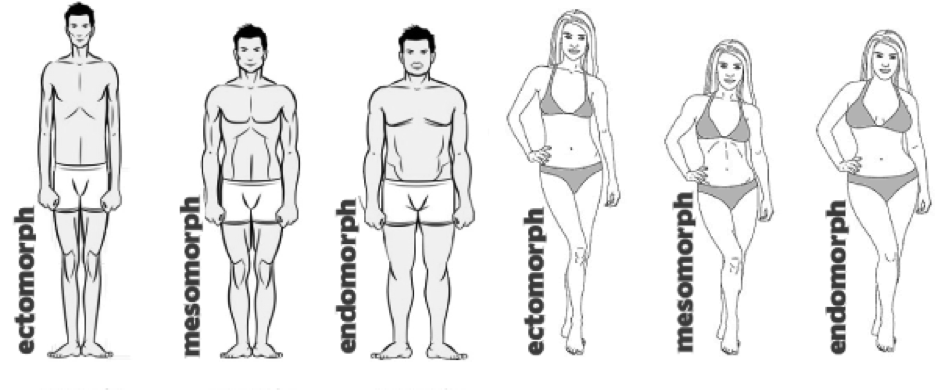
Fig 1. Different body build, joints/body segments positioning, movement patterns and injuries etc, require expert exercise personalisation
Enjoy this A to Z “How To Squat Correctly” – this professional resource we made available for you will help you learn first hand why this elite personal training services in London are totally different from any regular fitness training services you will find in London.
If you want to dramatically increase your energy levels fast, tone up, get fit in no tine and learn how to lose weight fast, 121 customised personal training will help you transform in a straight line.
- Would you like to know how you can build flexibility and strength in balance and transform your body and health?
Book now a FREE Consultation .
The A TO Z “HOW TO DO SQUATS CORRECTLY”
To effectively perform a squat, begin in a standing position with a neutral spine.
Feet can vary from a narrow stance with toes pointing forward, to a wide stance with feet turned out.
Start by taking a deep breath and lifting the chest.
While maintaining neutral spine, push the bottom back and then sit down into the squatting position, allowing the torso to naturally move slightly forward from the hips.
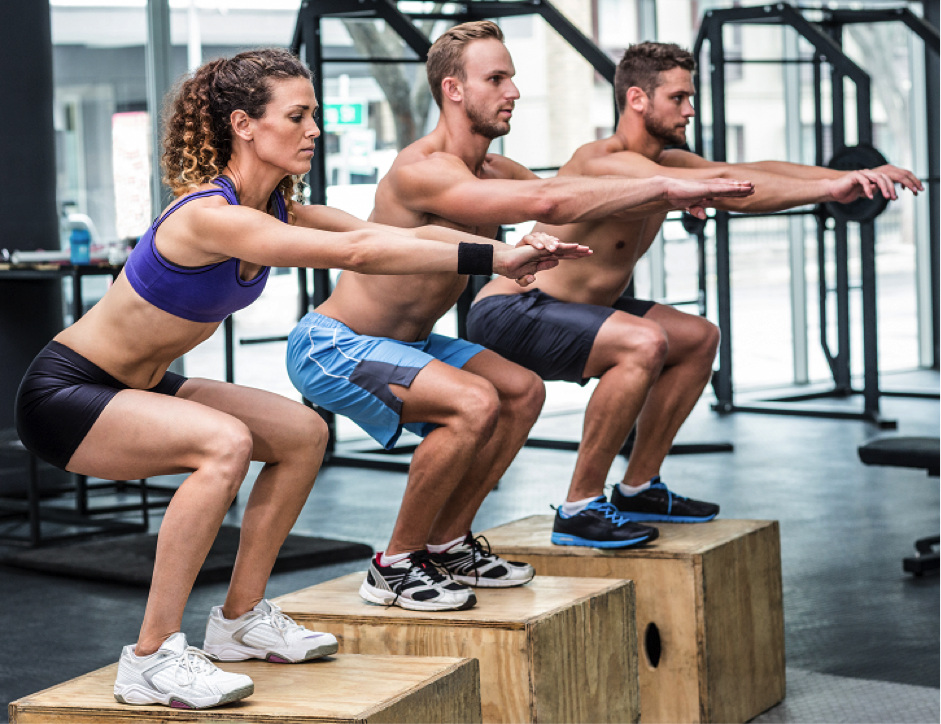
Fig 2. How to squat correctly – squat visual and execution
Keep the heels in contact with the floor and descend until the hamstrings reach the calves, or as far down as is possible.
To ascend, drive through the heels, keeping the spine upright, neutral and chest lifted.
The squat may be modified as necessary to achieve proper form, correct any faulty movement patterns and to provide you with safe and effective progressions and regressions of squat variations.
If you are based in greater London and achieved your perfect squats form by training with the best elite personal trainer London based then you’re doing great.
You activate and develop the right legs muscles, protect your lower back, knees and ankles from injuries achieving your best leg strength results.
Increased Strength, Muscle Tone, Body Coordination and Quality of Life
The squat is a quintessential exercise and an integral component of any training program.
In addition to its wide use in athletics, squatting is one of the most functional exercises for the general population because it assists in the ability to carry out basic, everyday tasks, and thus, can significantly improve quality of life as you will be able to run faster, jump longer and higher and walk up the stairs faster.
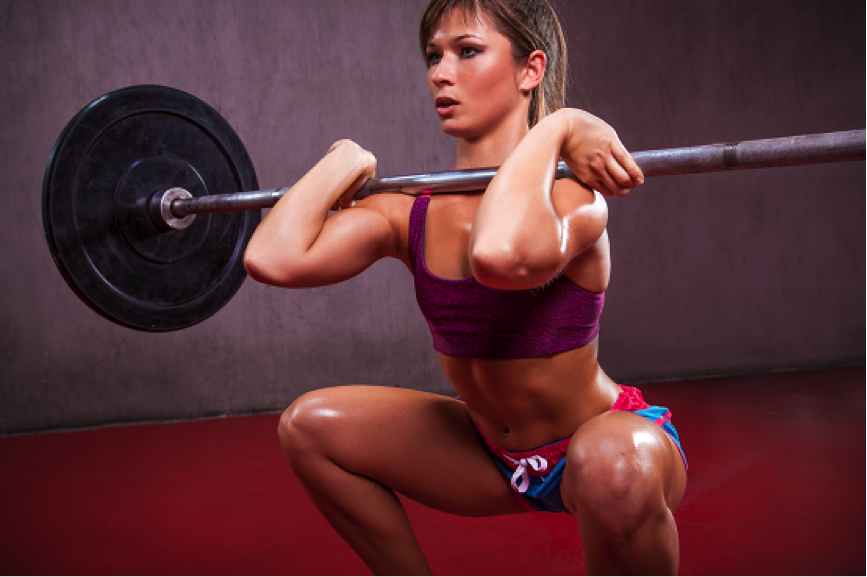
Fig 3. Squats: increased strength, coordination – great muscle tone
From a practical perspective, the squat is a natural human movement pattern used regularly in activities of daily living and is required in many fundamental actions, such as sitting down, jumping, walking up the stairs, pushing and picking something off the floor (11).
Squats are also excellent training tools in kick boxing, martial arts, Krav Maga, MMA fighting-combat preparations, self defense and combat conditioning.
Would you like progressing safe your leg strength goals by training with an expert personal trainer in London?
Additionally, squats are a full body movement, activating over 200 muscles (14) and using the hip, knee and ankle joints, as well as the entire spinal column.
How To Lose Weight Fast – Functional and Compound Exercises Effects
Exercises that use the weight of the body as resistance are very effective.
There is a positive metabolic benefit to squatting, due to the fact that numerous muscle groups (squat is a compound, functional exercise) are used when performing a squat, and by increasing muscle mass and metabolism, squatting can, in turn, help your weight loss exercise programs but, also increasing your lean mass and muscle tone (14).
Achieving correct form in a squat is crucial to avoiding training-related injuries and requires a delicate balance between mobility and stability.

Fig 4. Exercises using large groups of muscle are excellent for your weight loss programme
The prime movers, also known as agonists, are the muscles mainly responsible for a concentric muscle action.
A concentric contraction occurs when a muscle shortens in order to create movement against a force (6).
The origin of movement in a squat is in the muscles of the hip and knee joints; however, the spine and other muscles and joints of the lower body, including those of the ankles and feet, work to stabilize and mobilize for the proper execution of a squat (3,6,11).
Squat Anatomy, – Personal Training Services London Benefits
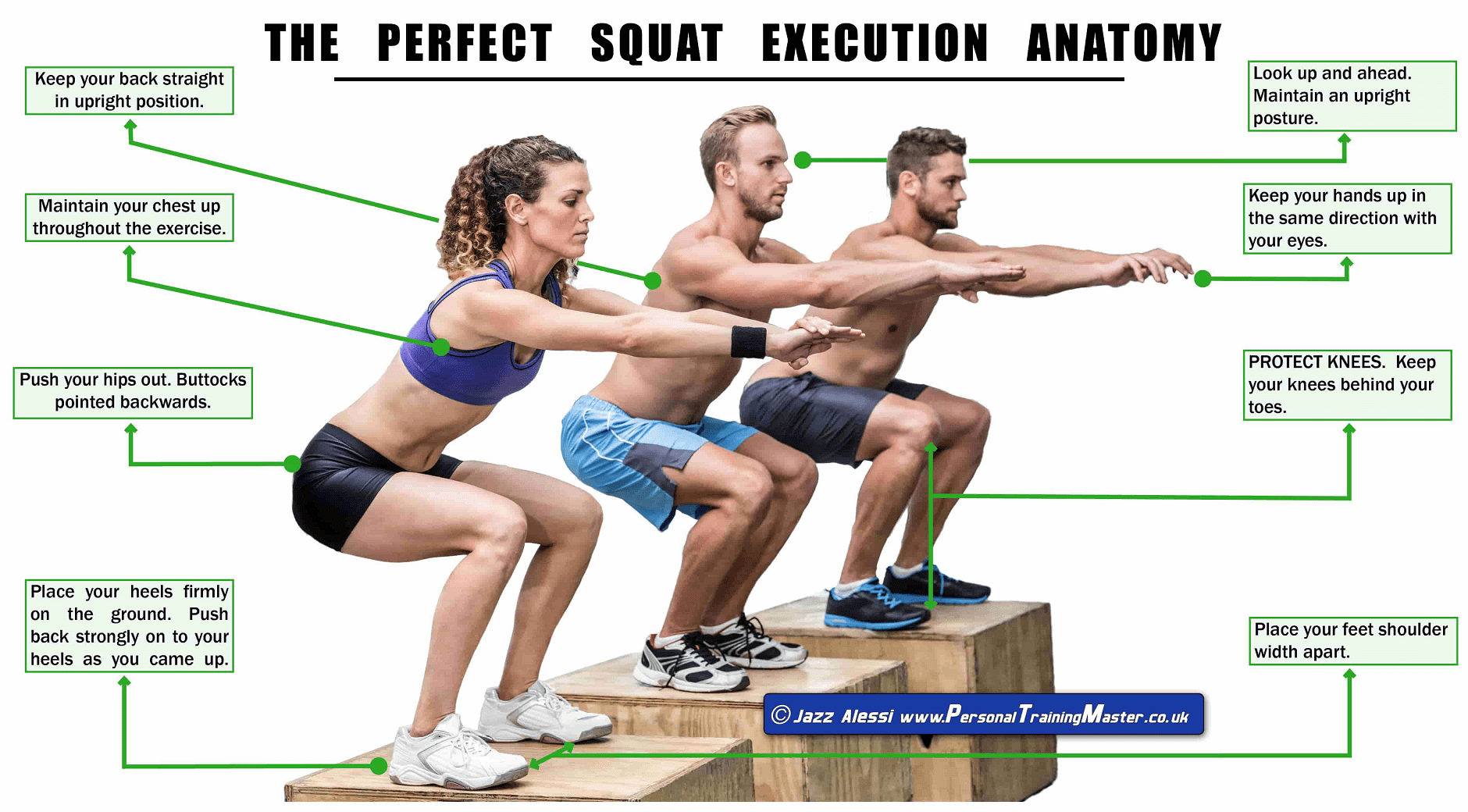
Fig 5. Squat anatomy, execution and movement analysis – pointers
SQUATTING AND THE HIPS
During the squat maintain your pelvis slightly tilted forward as you can see in the picture A.
As you descend in your squat maintain an anterior pelvic tilt.
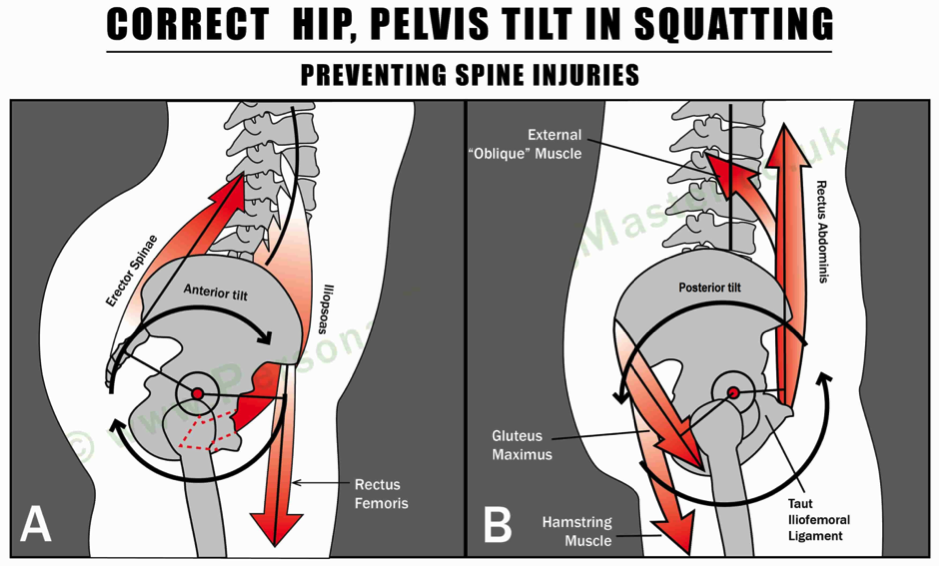
Fig 6. Point your buttocks slightly outward like in picture A – avoid unnecessary spine injuries
Check yourself in the mirror and if you find yourself in a posterior pelvic tilt as you can see in Picture B, – you must stop immediately and work more on your stretching’s as you are putting dangerous pressure on your lower back risking back accidents, lower back pain and unnecessary back injuries.
If you are living in Greater London having an elite personal trainer London based at your side helps you avoid knee, lower back and ankle related injuries.
To achieve proper motor control and maximise exercise squat safety make sure you are performing focused stretching and muscle activation exercises and increase mobility in your hips area.
Increased hip flexion in a squat is directly related to an increase in hip torque, with maximal force occurring near the end of the concentric phase of the exercise (14).
In the case of a squat, this is the lowering phase, which is completed at the bottom of the squat movement.
A forward leaning torso is also positively correlated to increased forces about the hip joint due to a subsequent increase in hip flexion (8).
The gluteus maximus and the hamstrings are the main muscles of the hips activated in a squat.
If you enjoy training in London there is a great rationale in being coached by an elite personal trainer London based, – exercise supervision helps you achieve your fitness faster avoiding injury risks.
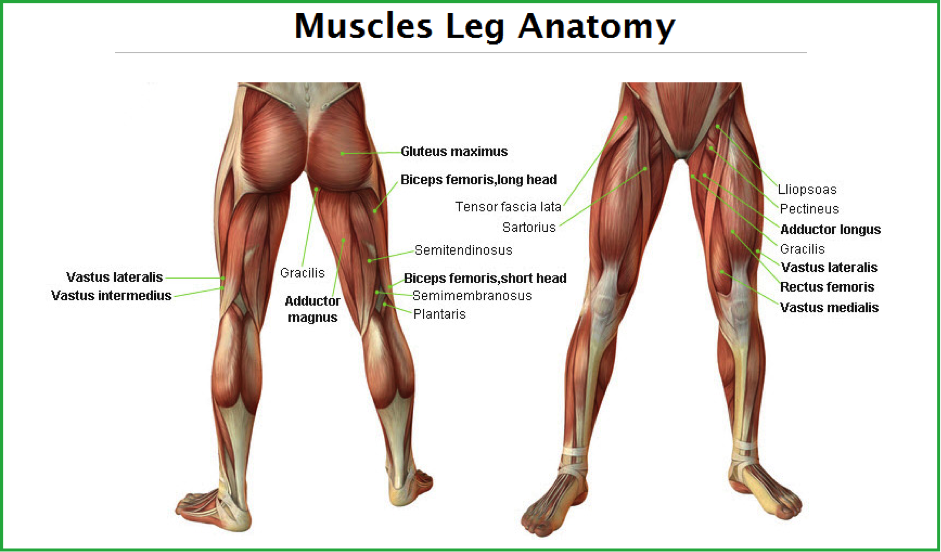
Fig 6. Squats strengthen your buttocks, hips and works large muscle mass
The gluteus maximus works to stabilize the pelvis and knees throughout a squat, while the hamstrings, being both hip extensors and knee flexors, do not change length significantly throughout the performance of a squat and thus play a more minimal role in muscular activity.
Involvement of the gluteus maximus increases in relationship to squat depth, with full squats requiring a significantly greater amount of muscular activation as compared to partial and parallel squats (14).
Immobility in the hip joint can limit proper form in a squat, particularly at higher angles of hip flexion, causing greater forward lean in the torso and thus an increase in shear forces on the spine.
Thus, flexibility personal training for the hips is critical to enhancing squat performance (6,11,14).
SQUATTING AND THE KNEES and ACL Injury Risks
The knee joint is composed of two joints, the tibiofemoral joint, connecting the tibia and femur bones, and the patellofemoral joint, which is the articulation of the patella over the femur. The tibiofemoral joint is a modified hinge joint, working to flex and extend the knee.
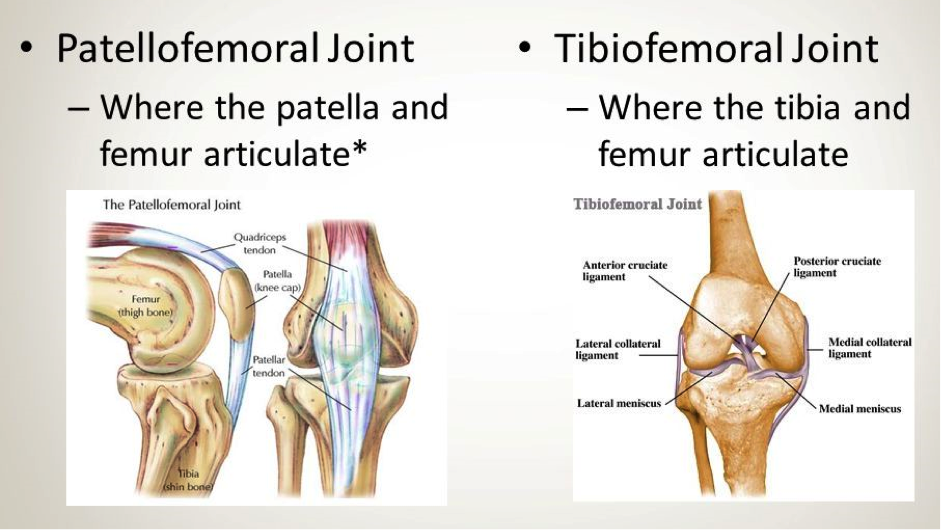
Fig 7. Knee anatomy in squatting – The Patellofemoral and Tibiofemoral joint
The patellofemoral joint is a gliding joint that provides leverage in knee extension and protects the quadriceps and patellar tendons from excessive wear as a result of friction (14).
The main muscular stabilisers of the knee joint during a squat are the quadriceps, made up of four muscles (rectus femoris, vastus medialis, vastus lateralis and vastus intermedius), which all function as knee extensors.
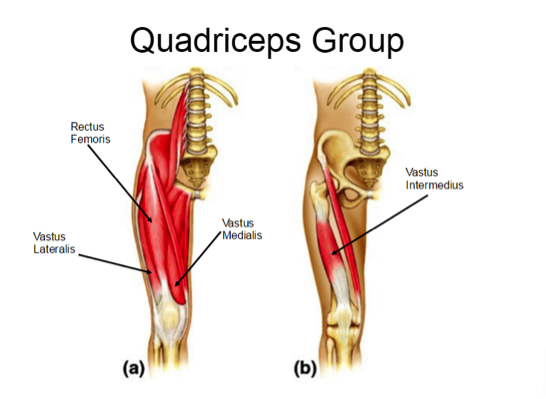
Fig 8. Knee anatomy – The quadriceps muscles help to stabilise your knee
The rectus femoris works as both a knee extensor and a hip flexor, and therefore, due to its biarticular nature and subsequent, relatively static length throughout the squat movement, does not significantly contribute to muscular force output in a squat (14).
There are two forces acting at the knee during a squat.
For one, compression force, known as the ‘squeezing force’, is applied longitudinally and is more easily withstood by the soft tissue structures of the knee than other forces.
The second kind of force acting at the knee during a squat is known as shear force, which is force applied perpendicularly.
This type of force is not well handled by the soft tissue structures, and the cruciate ligaments of the knee are most affected by shear (8,14).
DEEP SQUATTING AND KNEE JOINT LIGAMENTS STABILITY
Over the years, various studies have argued the safety of deep squatting, but current research suggests that while forces on the knee are increased in a squat, this in itself does not lead to injury by straining the knee ligaments.
On the contrary, deep squatting may actually increase the stability of the ligaments of the knee joint, because both tibiofemoral and patellofemoral compression have been shown to increase with higher flexion angles of the knee (9), and therefore, the lower the squat is performed, the greater the compressive forces (5,12).
If you train in London achieve first your proper front squat form supervised by the best elite personal trainer London based then, progress safely by performing more challenging squat variations.
In fact, squats is one of the first functional exercise we perform since birth.
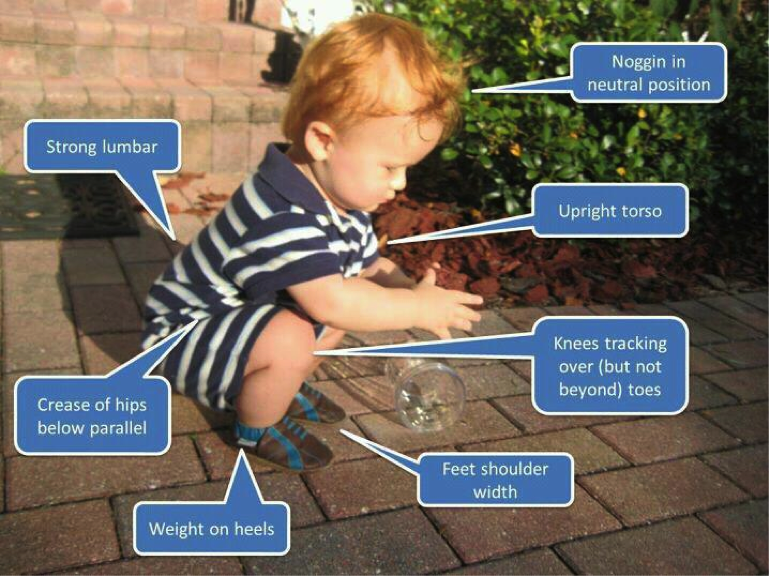
Fig 9. Stretch and practice a good form to squat easy in your adult life
These compressive forces are thought to provide protection to the knee by creating a co-contraction between the quadriceps and the hamstrings and thus reducing excessive shear on the cruciate ligaments (16).
SQUAT EXERCISE PERSONALISATION
Even with this existing evidence, however, the answer to the question ‘how low should you go?’ is extremely individual and must be tailored to every person’s unique body and specific needs as ankle flexibility is different in each one of us and different femur and tibia bone lengths will also affect your body balance and body positioning.
For athletic performance, there is some research that suggests deeper squatting may increase vertical jumping height (10).
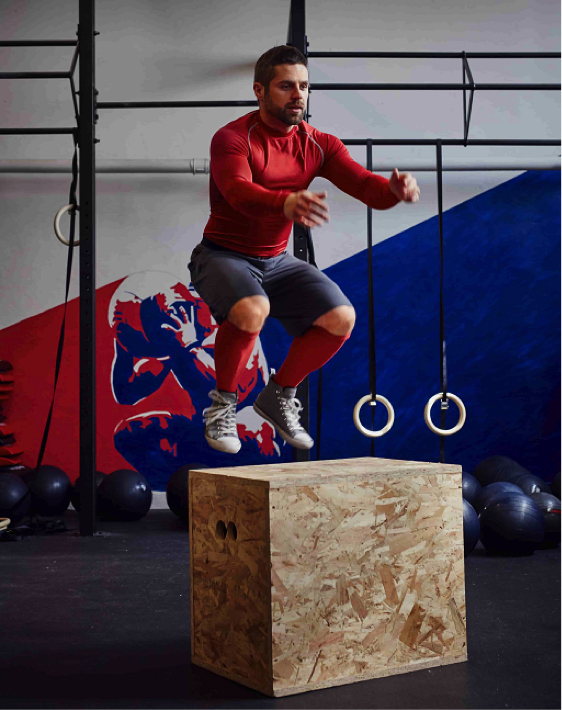
Fig 10. Deeper squatting may increase vertical jumping height
Additionally, an increase in range of motion is positively correlated to muscular hypertrophy, and from a functional standpoint, everyday activities often require deep squatting, thus making it potentially beneficial to the layperson to perform deeper squats (5).
KNEES OVER THE TOES – IN LINE WITH YOUR HIPS AND FEET
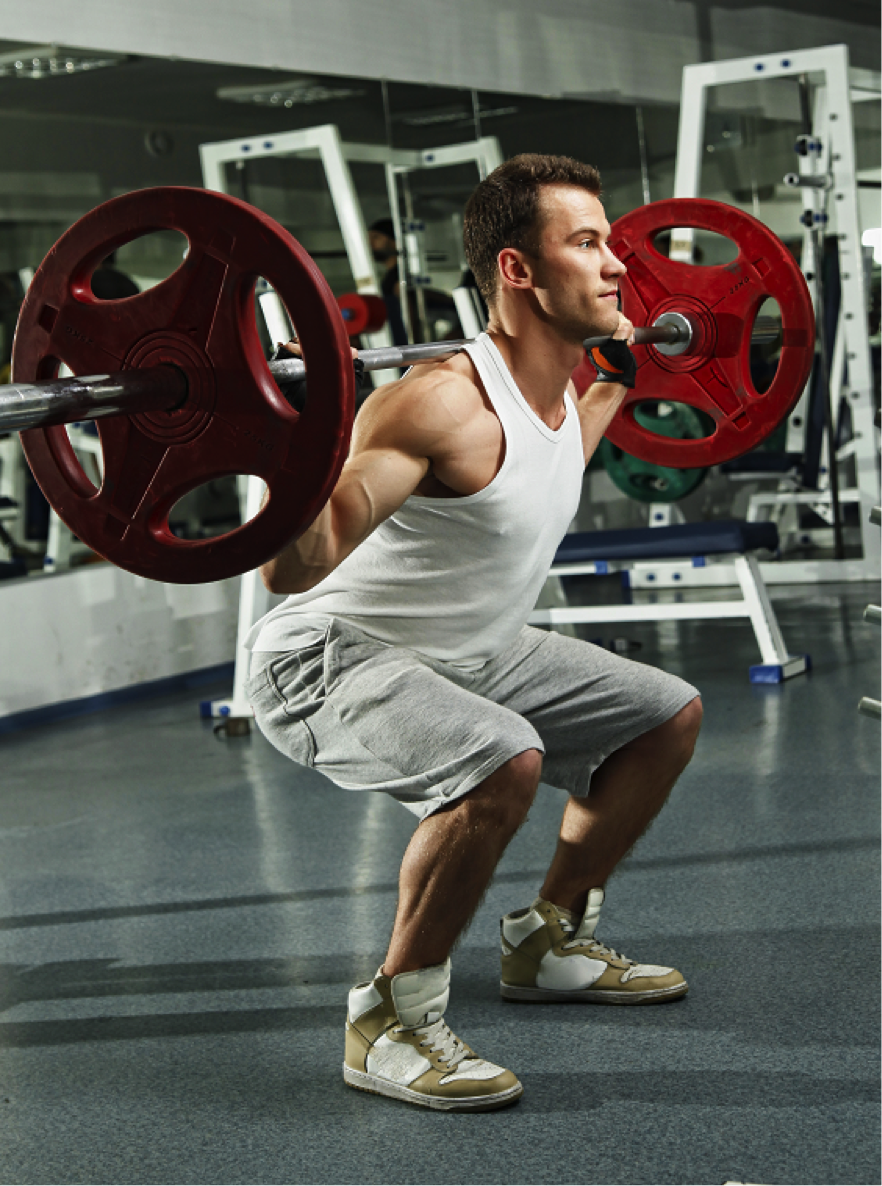
Fig 11. Ankle flexibility, femur and tibia bone length will dictate your squat form
Another common question when performing a squat is whether or not the knees should be allowed to travel over the toes.
Again, research has defended the case from both sides, and currently, there is evidence to suggest that while knee torque increases in an unrestricted squat, hip torque is increased during restricted squatting, thus resulting in a greater forward lean and increased shear forces at the lumbar spine (1,14).
Because the spine is much less able to withstand the greater forces, maintaining the knees behind the toes is not necessarily the safest technique when considering the healthy positioning of the spine throughout the squat.
Thus, natural knee motion is acceptable during a squat and different people require different squat form based on their personal bodies and conditions (11,14).
More importantly, when performing a squat, the knees should be stable and tracking in line with the hips and feet, following the direction of the toes.
When the knees excessively move inward or outward, the tendons and ligaments are strained and under increased force (8) and these are just few reasons why it is best to train with the best personal trainer rehabilitation specialist in London who is fully aware of the ACL injury and rehabilitation safety guidelines..
SQUATTING AND THE ANKLES – SHOES WEAR FOR SQUAT and WEIGHTLIFTING
The talocrural and subtalar joints make up the ankle complex.
The talocrural joint is the articulation of the tibia, fibula and talus, and creates ankle mobility through flexion and extension.
In a squat, the talocrural joint performs the movements of dorsiflexion and plantarflexion, while the subtalar joint works to maintain postural stability and control foot eversion and inversion, or the turning in and out of the soles of the feet (6).
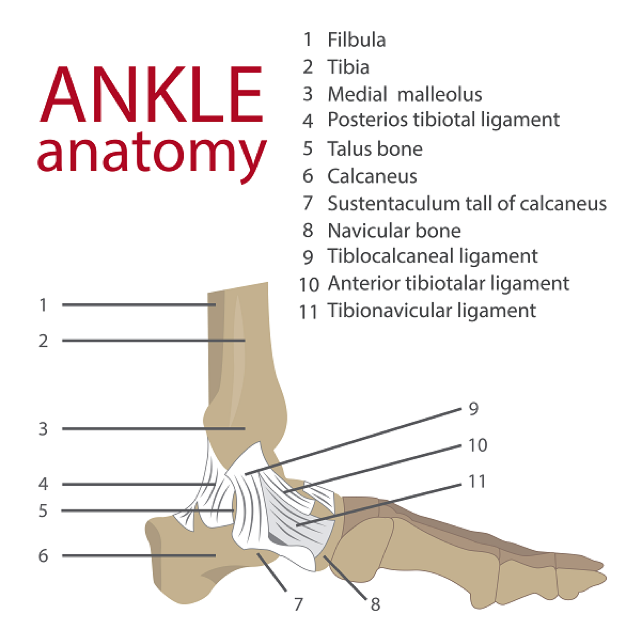
Fig 12. Ankle anatomy is complex
The calf muscles help to stabilize the knees and ankles during a squat, with the soleus significantly more active than the gastrocnemius.
This is again due to the fact that the gastrocnemius experiences little deviation in length throughout the performance of a squat and thus has a more isometric function (6,14).
Limited ankle mobility can cause several problems, including foot pronation (also known as eversion, pronation is the inner rolling of the foot), the heels lifting off the floor or the knees moving inward (2).
If you want to exercise efficiently avoiding ankle, lower back or knee injuries I advise you before trying any squat variations to achieve your proper squat form exercising under the supervision of one of the best elite personal trainer London based.
FOOTWEAR TO AVOID INJURIES while MAXIMISE SQUATTING PERFORMANCE
The footwear worn while performing squats should allow for the most pressure to be in the middle of the foot and heel.
Running shoes are not the ideal shoes for squatting because they tend to be unsupportive, and instead a thin – or hard-soled shoe, or even going barefoot or ‘barefoot shoes’, are more appropriate footwear for squatting (7,13).
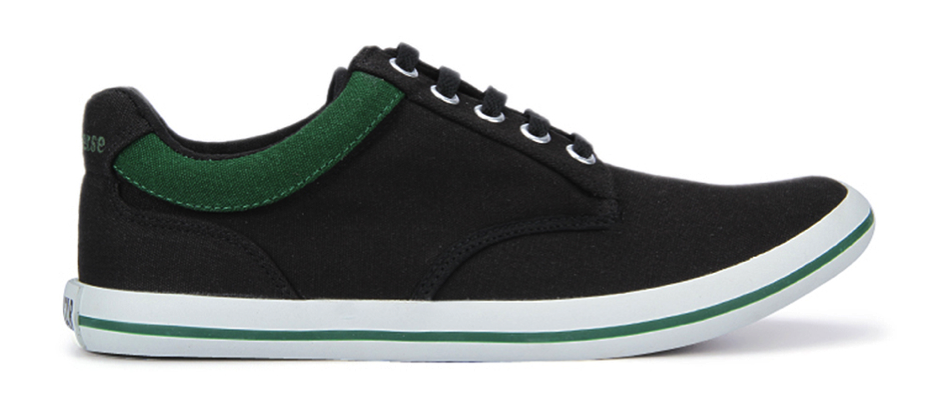
Fig 13. Your footwear needs to provide you with a stable surface to help your balance
When you perform a barbell squat, wearing the right shoes will reduce your injuries risks at the same time will improve your performance so it is a win win choice (20).
A pair of strong, high quality Converse shoes won’t be expensive and do a good job. Just make sure you get a good pair of shoes.
SQUATTING AND THE SPINE
The spine is composed of multiple gliding joints that interact with one another.
There are 24 vertebrae in total, including seven cervical, twelve thoracic and five lumbar.
The cervical and lumbar vertebrae are lordotic, while the thoracic vertebrae are kyphotic, and together create the natural, ‘S’-shaped curvature of the spine.

Fig 14. Your 24 vertebrae will be positively or negatively affected by your squat form
The bottom portion of the spine consists of the sacrum, which is five fused vertebrae, and the coccyx, or the ‘tail’, made up of four fused vertebrae.
The spine is particularly susceptible to injury, and thus, when squatting, it is very important to focus on form in order to maintain the integrity and health of the spine.
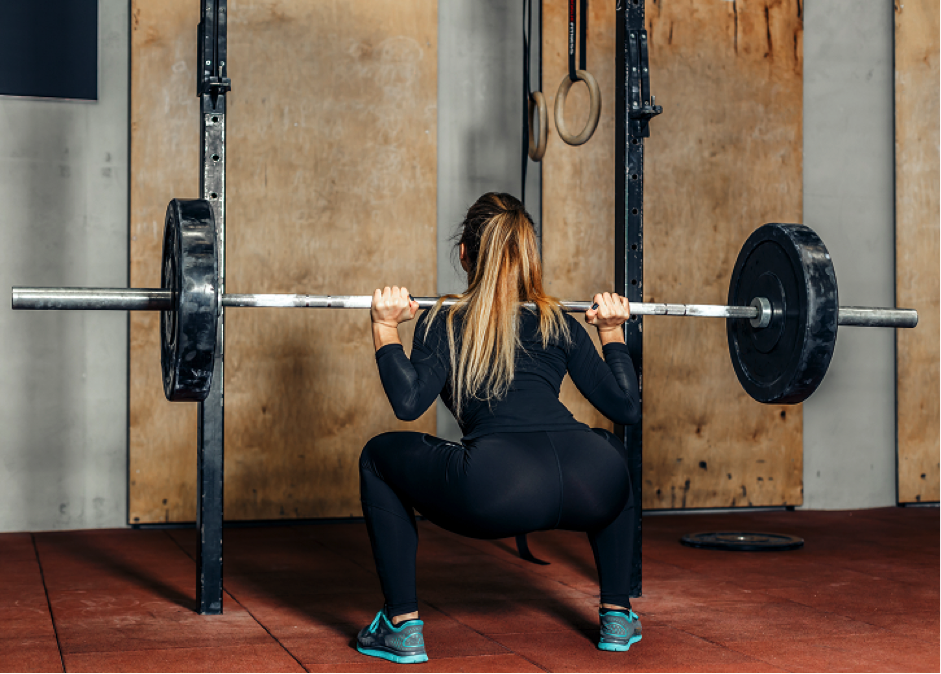
Fig 15. Stick your hips out and maintain your back in an upright position as much as possible
The erector spinae muscles, with the primary function of maintaining an erect spine, are crucial for proper execution of a squat because these muscles help to resist shear forces on the vertebrae and contribute greatly to spinal stabilization.
A flexed lumbar spine in a squat heightens the shear forces on the spine and can subsequently increase the risk of disc herniation (14).
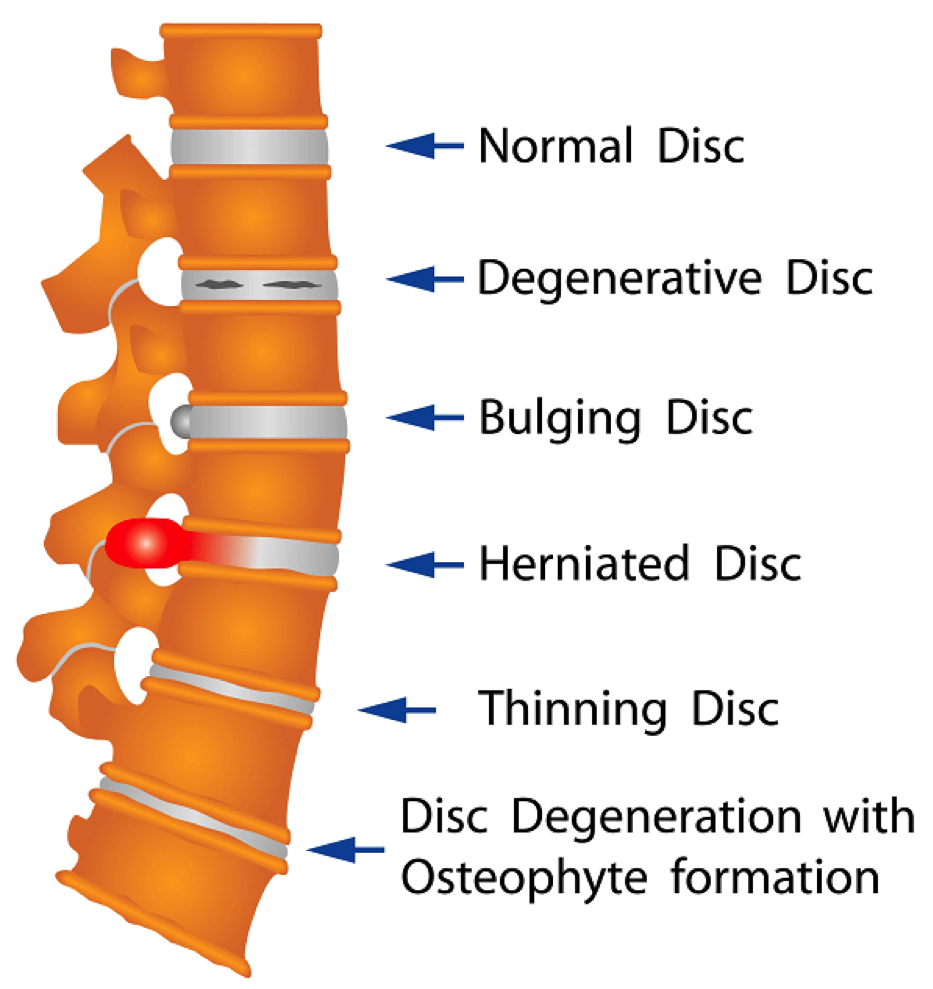
Fig 16. Practice correct squat form to avoid disc damage and herniated disc
Similarly, squatting with increased lumbar extension increases the compressive forces on the spinal discs.
Therefore, the probability for injury is significantly increased when performing a squat with flexion or extension of the spine (1,18).
If you live in London, you can achieve your fitness goals faster and avoiding injuries by training with the best elite personal trainer London based.
Proper squatting technique requires a neutrally positioned spine with minimal deviation and the elimination of any planar motion.
There should be no rounding or hunching forward in the spinal column (14).
CONTRAINDICATIONS
When performed with the correct technique, squats are generally a safe exercise (19).
However, there are a few special populations who should avoid or modify squatting due to an increased risk for injury or complication of certain conditions.
If you live in London learn more about the exercise safety rules from the best elite personal trainer in London.
Try to understand the exercise related injury risks – as these will help you to stay safe and avoid injuries.
HERNIA RISKS OF INJURY
Proper execution of a squat requires the contraction of the abdominal muscles and therefore, may aggravate an abdominal rupture such as a hernia.
A hernia is the result of excessive pressure within the abdomen, causing a part of an organ, like the intestine or bowel, to protrude through the weakened area in the abdominal wall (15).
MENISCUS RISK OF INJURIES
The highest risk of injury in deep squatting is to the menisci, which provides cushion between the femur and the tibia, and the articular cartilage, which surrounds the femur and tibia joint, because these tissues come under increased stress at greater flexion angles due to an increase in compressive forces (12,14).

Fig 17. Meniscus – is the highest risk of injury in deep squatting
Therefore, full depth squats are not recommended for people with patellofemoral disorders or those with existing or previous injury or reconstruction of the posterior cruciate ligament, or PCL (6,14).
The PCL is a ligament that works as a main stabilizer for the knee joint and reduces posterior shear.
Without optimal functioning capacity in the PCL, it is recommended to restrict knee flexion to 50 to 60 degrees in order to reduce posterior shear (14,17).
An elite personal trainer London based, will help you avoid exercise related injuries – achieving your fitness goals faster.
Furthermore, certain knee injuries could potentially worsen by squatting, particularly when placed under higher loads (14).
These conditions include:
- chondromalacia patellae (a degeneration of the patellar and femoral cartilage),
- patellar tendinitis (collagen degeneration in the patella tendon caused by overuse),
- knee ligament sprains or tears, bursitis (inflammation affecting the bursa, which are tiny fluid-filled sacs that help limit friction between two moving parts, such as muscles and bones),
- osteoarthritis (degeneration of the knee cartilage, which causes the bones of the knee joint to have less cushioning between them and thus, rub against each other), and
- osteochondritis (inflammation of the cartilage or bones of the knee joint) (4).
Additionally, individuals with acute injuries to the:
- knee or ankle joints,
- muscular sprains, or
- spinal conditions, such as spondylolysis (a bony defect occurring in the structure of the vertebrae, usually in the lumbar spine) and spondylolisthesis (forward movement of the spinal vertebrae, typically occurring in the lower spine)
Are discouraged from performing squats (18).
CONCLUSION
I hope my article “How to Squat correctly” will help you correct your squat form and progress further to achieve your fitness foals, and choose the best footwear.
The squat is a phenomenal exercise and you can use it in many ways to:
- Increase leg strength
- Burn more fat
- Build lean muscle
- Strengthen your joints
- Increase bone composition and strength making them less likely to break, therefore combats osteoporosis
- Improve body coordination and balance
- Increase your metabolism, endurance and explosiveness
And…
Don’t forget about combat legs conditioning in Mixed martial arts (MMA) or Kick boxing.
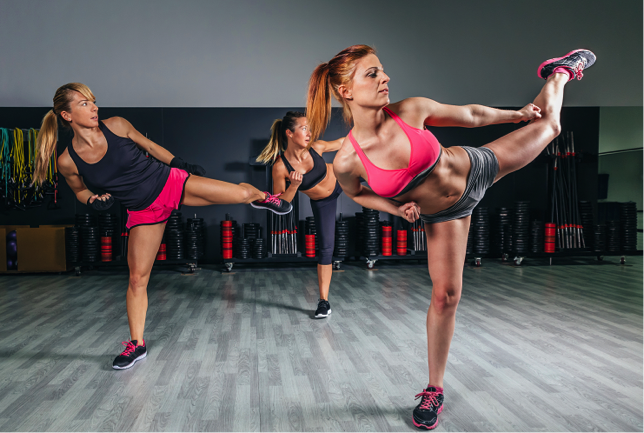
Fig 18. Strength, coordination and flexibility is required for combat leg conditioning
Have you enjoyed the referenced information presented in this article?
If you want to increase your confidence, strength, tone up nicely, get fit or learn how to lose weight fast get in touch through my CONTACT PAGE and I’ll book your Free Consultation Personal Training Free Consultation Personal Training at your London location and convenience.
If you like this article, please share it with your friends using the share button on this page.
Sharing the article on social media will help me producing more high quality authoritative content appropriately referenced that you can use to achieve your fitness goals.
Until the next one, – have a fabulous time training!
REFERENCES
- Adams, MA and Dolan, P. Recent advances in lumbar spine mechanics and their clinical significance. Clinical Biomechanics. 10: 3-19, 1995.
- Bell, DR, Padua, DA, and Clark, MA. Muscle strength and flexibility characteristics of people displaying excessive medial knee displacement. Arch Phys Med Rehabil. 89: 1323-1328, 2008.
- Carroll, TJ, Riek, S, Carson, RG. Neural adaptations to resistance training: implications for movement control. Sports Medicine. 31(12): 829-840, 2001.
- Chandler, TJ and Stone, MH. The squat exercise in athletic conditioning: a review of the literature. National Strength and Conditioning Association Journal. 13(5): 52-58, 1991.
- Dahlkvist, NJ, Mayo, P, and Seedhom, BB. Forces during squatting and rising from a deep squat. English Medical 11: 69-76, 1982.
- Escamilla, RF, Lander, JE, and Garhammer, J. Biomechanics of powerlifting and weightlifting exercises. In: Exercise and Sport Science. Garrett, WE and Kirkendall, DT, eds. Philadelphia, PA: Lippincott Williams and Wilkins, 2000. pp. 585-615.
- Fortenbaugh, D, Kimitake, S, and Hitt, JK. The effects of weightlifting shoes on squat kinematics. Journal of Strength and Conditioning Research. 26(1): 28-33, 2012.
- Fry, AC, Smith, JC, and Schilling, BK. Effect of knee position on hip and knee torques during the barbell squat. Journal of Strength and Conditioning Research. 17: 629-633, 2003.
- Gullett, JC, Tillman, MD, Gutierrez, GM, and Chow, JW. A biomechanical comparison of back and front squats in healthy trained individuals. Journal of Strength and Conditioning Research. 23: 284-292, 2009.
- Hanson, ED, Leigh, S, and Mynark, RG. Acute effects of heavy- and light- load squat exercise on kinetic measures of vertical jump. Journal of Strength and Conditioning Research. 21(4): 1012-1017, 2007.
- Hemmerich, A, Brown, H, Smith, S, Marthandam, SS, and Wyss, UP. Hip, knee, and ankle kinematics of high range of motion activities of daily living, Journal of Orthopedic Research. 24: 770-781, 2006.
- Nagura, T, Dyrby, CO, Alexander, EJ, and Andriacchi, TP. Mechanical loads at the knee joint during deep flexion. Journal of Orthopedic Research. 20: 881-886, 2002.
- Sato, K, Fortenbaugh, D, Hydock, DS, Heise, GD. Comparison of back squat kinematics between barefoot and shoe conditions. International Journal of Sports Science and Coaching. 8(3): 571-578, 2013.
- Schoenfeld, Brad J. Squatting kinematics and kinetics and their application to exercise performance. Journal of Strength and Conditioning Research. 24(12): 3497-3506, 2010.
- Smith, AB, Dickerman, RD, McGuire, CS, East, JW, McConathy, WJ, and Pearson, HF. Pressure-overload-induced sliding hiatal hernia in power athletes. Journal of Clinical Gastroenterology. 28(4): 352-354, 1999.
- Solomonow, M, Baratta, R, Zhou, BH, Shoji, H, Bose, W, Beck, C, and D’Ambrosia, R. The synergistic action of the anterior cruciate ligament and thigh muscles in maintaining joint stability. American Journal of Sports Medicine. 15: 207-213, 1987.
- Toutoungi, DE, Lu, TW, Leardini, A, Catani, F, and O’Connor, JJ. Cruciate ligament forces in the human knee during rehabilitation exercises. Clinical Biomechanics. 15: 176-187, 2000.
- Vakos, JP, Nitz, AJ, Threlkeld, AJ, Shapiro, R, and Horn, T. Electromyographic activity of selected trunk and hip muscles during a squat lift: effect of varying the lumbar posture. Spine. 19: 687-695, 1994.
- Watkins, J. Structure and Function of the Musculoskeletal System. Champaign, IL: Human Kinetics Publishers, 1999.
- Sato K1, Fortenbaugh D, Hydock DS. Kinematic changes using weightlifting shoes on barbell back squat. J Strength Cond Res. 2012 Jan;26(1):28-33. doi: 10.1519/JSC.0b013e318218dd64.
Disclaimer: This website and all its content is to be used for information purposes only. This website or any of its content or links to third parties does not diagnose, advise, treat or cure any ailments, illness or disease.
You agree to hold harmless the owner of this site for any action taken on your own without consulting your medical doctor first by using the information on the website for diagnostic, treatment, or any other related purposes. This is not medical advice. If you are suffering from any illness, disease or ailments please contact your doctor first and immediately.



